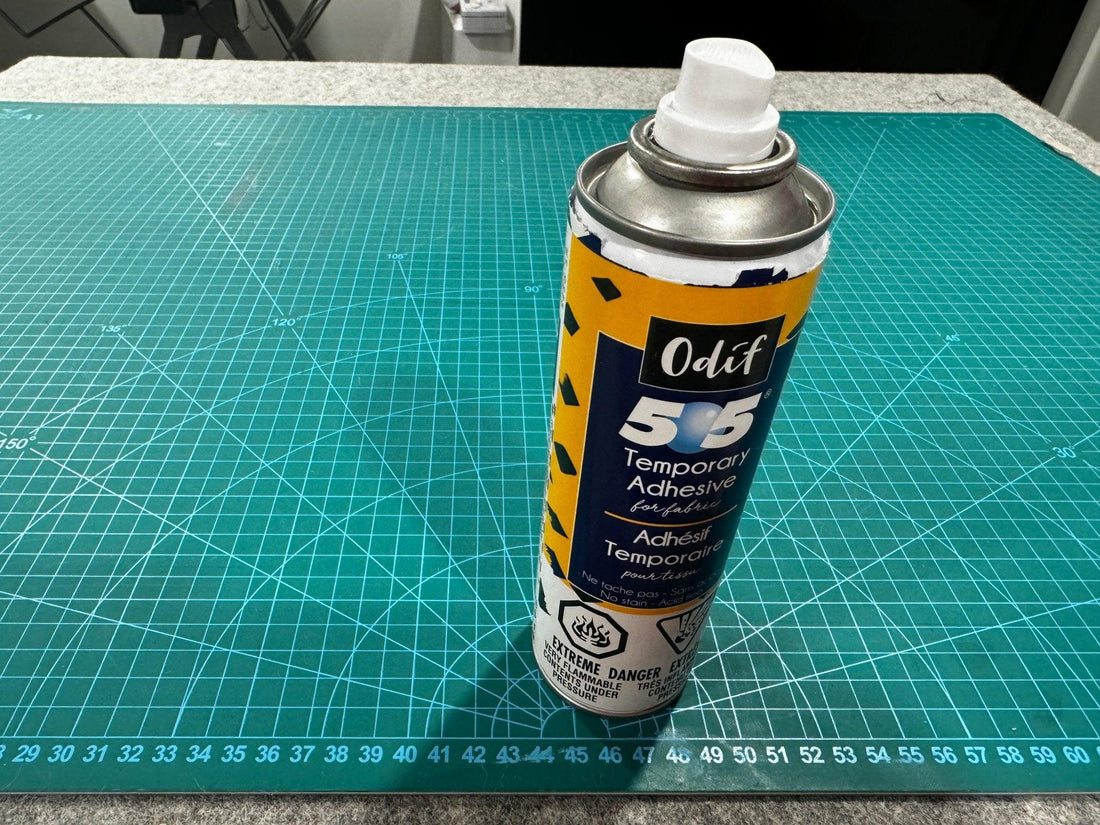
Basting your quilt why it matters in quilting.
As you embark on your quilting journey, one crucial step that can make or break your project is basting. While it may seem like a minor detail in the grand scheme of quilting, basting is an essential process that ensures your quilt layers stay together during the quilting phase. Let’s dive into why basting matters and how it can impact the final outcome of your quilt.
What is Basting?
Basting is the technique of temporarily holding together the three layers of a quilt: the quilt top, batting, and backing fabric. This is often referred to as creating a "quilt sandwich." Basting can be done using several methods, including pinning, thread basting, or using basting spray. Each method has its advantages, but the goal remains the same: to secure the layers so they don’t shift while you quilt.
Why Basting is Important
1. Prevents Shifting and Puckering:
- One of the primary reasons for basting is to prevent the layers from shifting during the quilting process. If the layers move, it can lead to puckers, folds, and uneven stitching, which can be frustrating after all your hard work piecing the quilt top.
2. Ensures Even Quilting:
- Basting helps to create a smooth surface for quilting. By holding the layers together, it allows you to quilt without worrying about one layer slipping out of place, resulting in a more professional finish.
3. Saves Time in the Long Run:
- While basting may seem like an extra step that takes time, it can save you from having to fix mistakes later. A well-basted quilt will require less adjustment while quilting, allowing you to focus on the creative aspects of your project.
4. Provides Stability:
- Basting gives your quilt a stable foundation, making it easier to maneuver through your sewing machine. This is especially important for larger quilts, where handling can become cumbersome.
Tips for Effective Basting
- Choose the Right Method:
- Depending on your quilt size and personal preference, you can choose to pin baste, thread baste, or use basting spray. Each method has its pros and cons, so experiment to find what works best for you.
- Prepare Your Layers:
- Ensure that all layers are smooth and wrinkle-free before basting. Pressing each layer can make a significant difference in the final result.
- Secure Your Backing:
- Make sure your backing fabric is larger than your quilt top to allow for movement. A good rule of thumb is to have at least 4-6 inches of extra backing fabric on each side.
- Pin or Stitch Closely:
- For effective basting, use pins or stitches that are close together. This helps keep the layers secure, especially if you plan to do dense quilting.
- Smooth as You Go:
- As you baste, continuously smooth the layers to avoid any bubbles or puckers. Your goal is to have a quilt sandwich that feels like one cohesive piece of fabric.
Basting is a vital step in the quilting process that shouldn’t be overlooked. By taking the time to baste your quilt properly, you’ll set yourself up for success, resulting in a beautifully finished project without the headaches of puckers or shifting layers. So, the next time you’re ready to quilt, remember: a little extra effort in basting can go a long way in achieving the quilt of your dreams! Happy quilting!
Comments
Check out comments or add a new one.